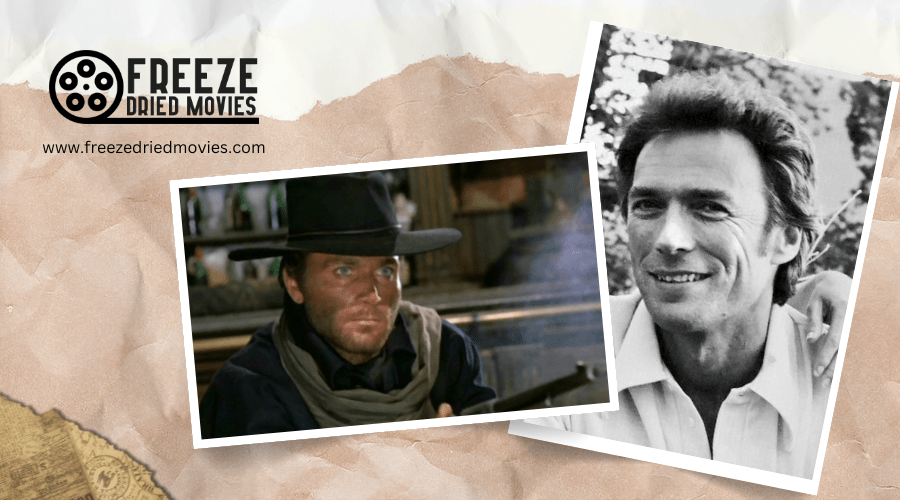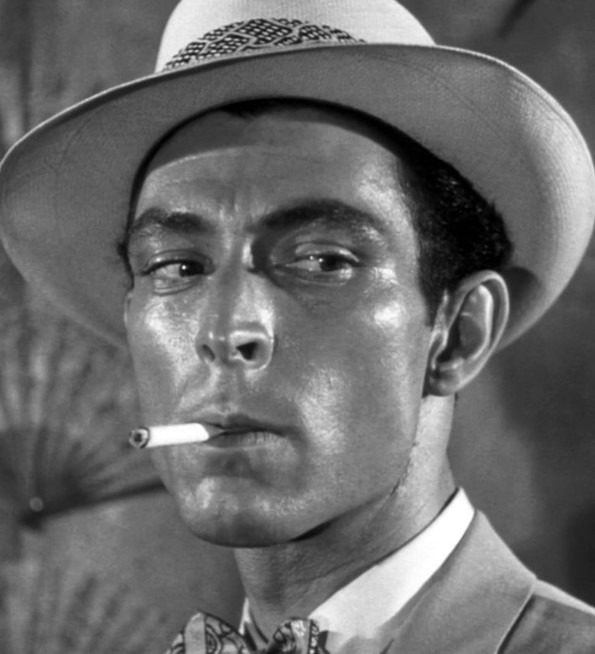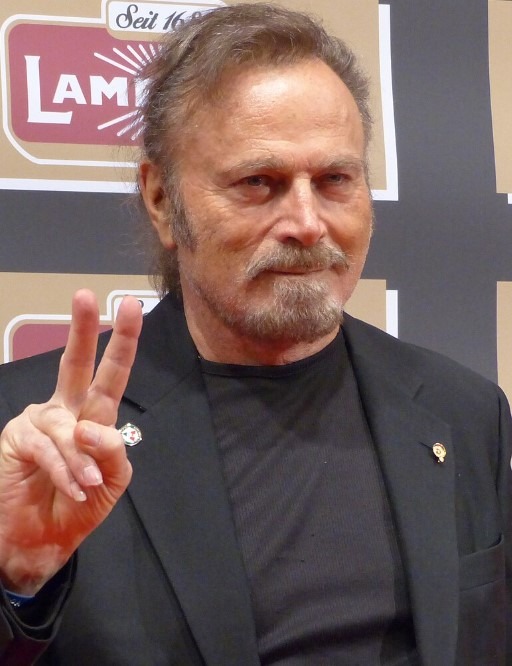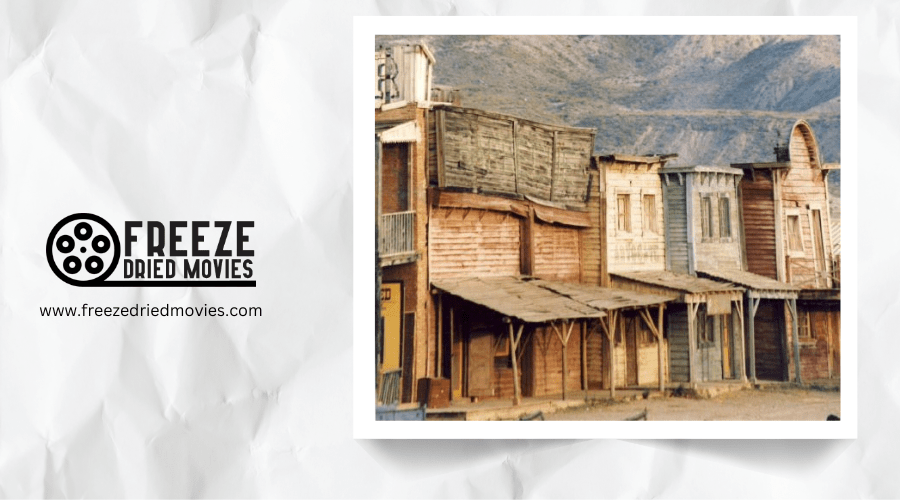Clint Eastwood to Franco Nero: Stars Who Defined Spaghetti Westerns

You've seen Clint Eastwood's squint and heard Morricone's haunting whistles, but the spaghetti western universe extends far beyond these iconic elements. From Italian heartthrob Giuliano Gemma to the resurrection of Lee Van Cleef's career, these films redefined the American frontier through a distinctly European lens. The genre's evolution from serious drama to comedy, and its unique filming locations across Spain and Italy, reveal why these dusty tales continue to influence filmmakers worldwide decades later.
The Rise of Clint Eastwood: From Rawhide to Man With No Name
Before becoming an international film icon, Clint Eastwood began his journey to stardom with a supporting role in the 1959 TV western "Rawhide." This early television exposure proved pivotal for his career trajectory, though his true breakthrough came when Italian director Sergio Leone cast him as the mysterious "Man with No Name" in what would become known as the "Dollars Trilogy."
What's fascinating is that Eastwood wasn't Leone's first choice—several other actors turned down the role that would ultimately redefine the western genre.
You'll notice how Eastwood's laconic anti-hero persona in the Dollars Trilogy transformed him from a TV actor to a bona fide movie star. His success in Leone's spaghetti westerns opened doors to other acclaimed films like "Hang 'Em High," cementing his status in cinematic history.
After six years playing Rowdy Yates on Rawhide, Eastwood's transition to Sergio Leone's films revolutionized the Western genre with his minimal dialogue and maximum impact approach to acting.

Giuliano Gemma: Italy's Beloved "Il Pistolero Nazionale"
While Clint Eastwood dominated international Spaghetti Western recognition, Giuliano Gemma reigned as Italy's undisputed cowboy king. Born in Rome in 1938, Gemma earned the nickname "Il Pistolero Nazionale" for his exceptional gun-twirling abilities that dazzled Italian Western audiences.
You'd recognize Gemma from his 17 western films spanning two decades, including hits like "One Silver Dollar" and "The White, the Yellow and the Black." Unlike Eastwood's stoic persona, Gemma portrayed grinning, boyish heroes with smart-mouthed charisma.
His memorable performance as Lee Van Cleef's protégé in "Day of Anger" (1967) showcased his trademark athletic prowess and "Angel Face" appeal. Though inducted into the SWDB Hall of Fame in 2010, Gemma continued acting in television until his death in 2013. While he never achieved the same international recognition as John Wayne, who starred in 83 Western films throughout his prolific career, Gemma remains beloved in European cinema.

Lee Van Cleef: From Hollywood Villain to Spaghetti Western Icon
Lee Van Cleef carved out an unforgettable legacy as the quintessential Western villain-turned-hero with his piercing gaze and hawk-like features. After serving in the U.S. Navy during World War II, he migrated to Hollywood, where his menacing presence initially typecast him as a villain.
When Sergio Leone cast him as Col. Mortimer in "For a Few Dollars More," Van Cleef's career soared to new heights. His journey through the Western genre includes:
- Early Hollywood roles as sinister antagonists
- Breakout performance as the vengeful bounty hunter Col. Mortimer
- Elevation to starring roles in acclaimed Spaghetti Westerns
- Later career evolution into 1980s action and martial arts films
You'll recognize his distinctive silhouette and intense stare that became synonymous with the Spaghetti Western revolution. Unlike Steve McQueen, who developed his laconic persona through formal acting training, Van Cleef relied primarily on his naturally intimidating presence to command the screen.
The Dynamic Directing Style of Sergio Leone
Behind the iconic performances of actors like Van Cleef stood the revolutionary vision of Sergio Leone, the mastermind who redefined the Western genre forever. His distinctive visual style, featuring lingering close-ups juxtaposed with sweeping panoramas, created a visual language all his own.
You'll notice how Leone masterfully employed silence, allowing Ennio Morricone's haunting scores to build unbearable tension. His unflinching portrayal of violence, particularly in climactic showdowns, broke from Hollywood traditions and showed consequences rarely depicted before.
Leone's innovative narrative approach introduced morally complex characters and interweaving storylines that challenged conventional Western heroism. His partnership with Clint Eastwood proved transformative, creating the enigmatic "Man with No Name" who embodied the director's vision of a new kind of Western anti-hero.

Charles Bronson and the International Appeal of Spaghetti Westerns
Although less frequently associated with the genre than Eastwood or Van Cleef, Charles Bronson emerged as a dominant force in spaghetti westerns, bringing his unmistakable rugged intensity to international screens. His tough guy persona resonated across cultural boundaries, making him a global star despite language barriers.
You'll recognize Bronson's impact through his:
- Collaborations with directors like Sergio Corbucci, whose visual style differed from Sergio Leone's yet still captured the genre's gritty essence
- Portrayals of complex characters fighting Mexican bandits that showcased his versatility beyond his work in The Magnificent Seven
- Participation in international co-productions that expanded the genre's reach beyond Italy and the US
- Ability to convey emotional depth through minimal dialogue, a hallmark of spaghetti westerns that contributed to their international success

Franco Nero and the Cultural Impact of Django
While Eastwood transformed into an overnight sensation as the Man with No Name, Franco Nero achieved similarly iconic status through his unforgettable performance as Django. You'll instantly recognize the image of Nero's mud-caked protagonist dragging a coffin across a desolate landscape—a visual that became one of the most enduring symbols in Italian Westerns.
Nero's portrayal in the title role launched a franchise that spawned over 30 unofficial sequels. His blue-eyed intensity and rugged vulnerability created a different kind of western hero—more tortured and vengeful than stoic. Django's influence extends far beyond cinema; you've seen its impact everywhere from Quentin Tarantino's homages to modern video games. Nero's contribution helped cement the spaghetti western as an art form that transcended its low-budget origins to become a legitimate cultural phenomenon.
The Unique Musical Landscapes of Ennio Morricone
When discussing spaghetti westerns, you can't separate the visual language from the revolutionary soundscapes created by Ennio Morricone. His collaboration with Sergio Leone produced unforgettable scores that defined the genre as distinctly as the films themselves.
Morricone's sonic innovation transformed western film music through:
- Unconventional instrumentation including the Jew's harp and ocarina that created the genre's unique aural identity
- Haunting whistles and twanging electric guitars that echoed the stark, moral ambiguity of the frontier
- Minimalist arrangements that perfectly complemented Leone's visual style
- Instantly recognizable themes like "The Good, the Bad and the Ugly" that transcended film to become cultural touchstones
Beyond Leone's Dollars Trilogy, Morricone's distinct sound elevated numerous classics including "Django" and "A Bullet for the General."
From Spain to Italy: The Evolving Filming Locations
The rugged deserts of Spain's Almería province became the unlikely stand-in for the American frontier, transforming European cinema through economic necessity and creative vision. This arid landscape perfectly captured the gritty aesthetic that defined the genre across more than 600 films produced between 1960 and 1978.
You'll find that production crews frequently utilized Italy's diverse terrain as well. Valle del Treja, Camposecco, and Castelluccio offered distinctive backdrops, while Tivoli's quarries and Sardinia provided additional versatility. Most productions were anchored at Rome's Cinecittà Studios, where Italian directors collaborated with international casts and Italo-Spanish technical teams.
What's fascinating is that several of these locations survived as theme parks, preserving the legacy of a genre that flourished through low-budget international co-productions while creating an enduring cinematic language.
The Transition From Serious Westerns to Comedy Hits
Three distinct phases marked the evolution of spaghetti westerns, with the final shift toward comedy fundamentally altering the genre's trajectory. As the 1960s came to a close, you could witness Enzo Barboni pioneering this transformation with his "Trinity" films, injecting humor into what had been a serious genre.
The dynamic duo of Terence Hill and Bud Spencer became the faces of this new comedic wave, achieving massive success that others rushed to emulate. This shift occurred as a response to declining audience interest in traditional spaghetti westerns.
By the late 1970s, the genre had evolved through:
- The initial serious, gritty Leone-style westerns
- The experimental cult films like "Django Kill"
- The comedy-focused "Trinity" era
- The final niche period before production virtually ceased
The Legacy and Global Influence of Spaghetti Western Stars
Four legendary figures emerged from the spaghetti western phenomenon, forever changing the cinematic landscape and influencing filmmakers across generations. Clint Eastwood's "Man with No Name" created an archetype that redefined the anti-hero, while Lee Van Cleef transformed from Hollywood villain to international star through his cold-eyed gunslinger roles.
Franco Nero's portrayal in "Django" launched countless imitations and established a new level of stylized violence in westerns. Behind the camera, Sergio Leone's revolutionary direction paired with Ennio Morricone's haunting scores created a distinctive audiovisual language that continues to resonate today.
You'll find their influence everywhere from Tarantino films to modern video games. These icons transcended their European origins to reshape global cinema, proving that the spaghetti western was far more than a brief Italian trend.
Claude d'Anna, Giuliano Gemma dans Le cercle des passions de Claude d'Anna (cropped), CC BY-SA 4.0
9EkieraM1, 2016-02-01 1097 Franco Nero (cropped), CC BY-SA 3.0



